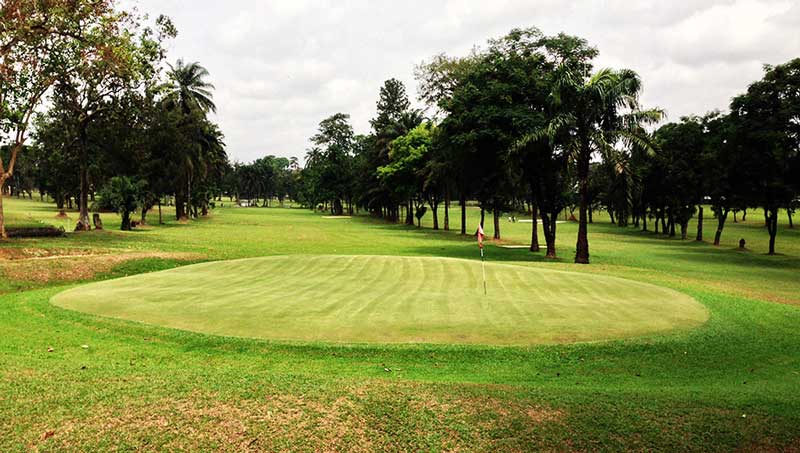Half of the one million residents of Port harcourt live in slums, according to a new report released by Thomas Reuters.
This revelation was part of a report by the British-Nigerian documentary maker, Michael Uwemedimo, who was arrested by security forces while covering the demolition of Waterfront Slum in 2009.
According to the housing advocates, half of Port Harcourt’s more than 1 million residents live in slums.
Many of those residents live in waterfront areas, on land with prime real-estate value, and have no official housing benefit.
That makes them especially vulnerable to evictions, he said.
“Generally, Nigerian authorities use forced eviction in the course of urban renewal … with the land they formerly occupied being developed into luxury real estate,” he explained – although the cleared area in Njemanze remains undeveloped.
Uwemedimo said his experience in Njemanze showed him how desperate the residents were to draw attention to what was happening to them, and he wanted to help.
In 2010, with former journalist Ana Bonaldo, he co-founded the Collaborative Media Advocacy Platform (CMAP), a collective of filmmakers, urban planners, researchers and Port Harcourt residents who use art, music and data collection to mobilise the people impacted by forced evictions.
The group has since grown to more than 40 volunteers.
One of the first things Uwemedimo did with it was take a giant, inflatable mobile cinema on a tour of low-income communities in the city to show them films about forced evictions around the world and in their own neighbourhood.
“We found cinema was a good way of gathering people, of animating people, of creating debate,” he told the Thomson Reuters Foundation from his living room, with a computer blasting out songs about evictions.
A spokeswoman for the ministry of urban planning would not comment on specific eviction cases, but said the government had an obligation to take down unsafe or unauthorised buildings.
“The state carries out demolitions when buildings do not follow the approved building plan, or are built illegally or in unauthorised areas,” she said.
“For example where you have high tension cables, building on top of waterways or in unapproved areas – all that can lead to demolitions.”





One Response